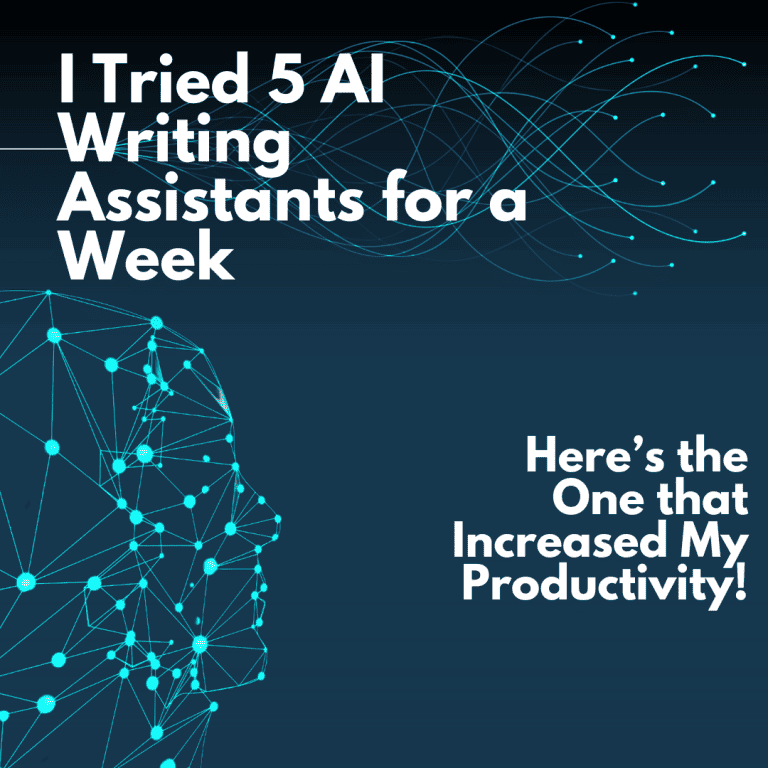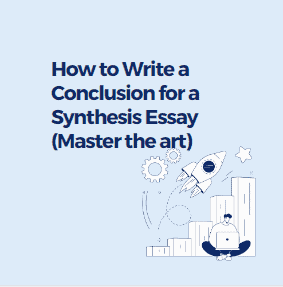AI Blog Post Length: Does It Matter for SEO & Reader Engagement?

Introduction
You’ve heard it all before: some experts recommend quick, bite-sized blog entries, while others embrace in-depth, long-form content. The ideal blog post length involves engaging your readers and satisfying their search intent. Rigid word counts take a back seat.
In today’s digital landscape, a powerful technology has stepped into the content creation arena – AI. These intelligent tools can dissect your target audience, surface relevant keywords, and even spark content ideas. The result? AI is revolutionizing how you approach crafting the perfect blog post length and structure.
Striking the balance between thorough, informative content and reader-friendly, digestible pieces is an art form. And AI is the brush that paints this masterpiece. Get ready to dive into the nuances of blog post length, SEO implications, and how to harness AI’s potential to captivate your audience like never before.
Key Takeaways:
1. When selecting the appropriate blog article length, reader engagement and satisfying search intent take precedence over meeting a precise word count.
2. AI writing tools are important in content production and optimization by analyzing target audiences, identifying relevant keywords, and generating content ideas.
3. Longer, in-depth content demonstrates expertise and topical authority to search engines, while high-quality, comprehensive posts increase reader engagement and dwell time.
4. Understanding your audience’s knowledge level, content preferences, and your purpose and goals will dictate the ideal blog post length.
5. Balancing length, quality, and search engine guidelines is crucial, focusing on creating helpful, informative content that prioritizes human readers.
6. Research and analysis, including examining SERPs, competitor content, and leveraging AI tools, can help determine your website’s ideal blog post length.
7. When writing longer content, break it up into scannable sections, maintain focus on the main topic and reader intent, and use AI tools to assist in the process.
What’s the Connection Between Blog Post Length and SEO?
Topical authority is a key factor in SEO. When you publish more comprehensive content on a topic, you demonstrate your expertise to search engines. Building a topical map might help you structure your content and cover all essential aspects of the subject.
Engagement time and search intent also play significant roles in SEO. High-quality, comprehensive posts keep readers engaged, increasing their time spent on your page. This engagement signals to search engines that your content fulfils the reader’s search query.
AI tools can assist in topic expansion, outlining, and suggesting long-tail keywords. By leveraging these tools, you can create naturally longer articles that cover a topic thoroughly. This approach improves your SEO and provides value to your readers.
Ideal Blog Post Length: It’s About Your Audience
Who are your readers? Identifying their knowledge level and content preferences will dictate the depth needed in your post. Newbies may require more explanation, while experts prefer concise, actionable content.
Your purpose and goals also influence the ideal blog post length. Posts for brand awareness may be shorter, while in-depth guides and ranking for competitive terms favour longer word counts. Consider what you want to achieve with each piece of content.
AI can help you tailor content length to your audience’s expectations. AI sentiment analysis tools can decipher existing conversations and comments in your niche. This insight allows you to create content that matches your readers’ preferences and needs.
Balancing Length, Quality, and Search Engine Guidelines
Google’s High-Quality Content Update (HCU) highlights the need to produce informative, useful material that prioritizes human readers’ needs. When writing blog entries, add value and attend to your readers’ demands. Length shouldn’t be the main objective; it should result from excellence.

User-generated content (UGC), such as comments and social media responses, can inspire new topics or expand upon existing articles. By engaging with your audience and incorporating their feedback, you can lengthen your posts organically while remaining useful for the reader. This approach ensures that your content remains relevant and valuable.
When using AI tools to assist in content creation, it’s crucial to be transparent about their use. This transparency is especially important when considering UGC, as it helps maintain trust with your audience.
Be upfront about how AI contributes to your content creation process.
Finding the Sweet Spot for Your Blog: Analysis & Research
Start by examining the search engine results pages (SERPs) for your chosen keywords to determine your website’s optimal blog post length.
Next, look at your successful competitors’ content. What is their average post length? How do your desired keywords influence the size of their posts? This analysis will give you a benchmark to aim for or surpass.
AI tools can give you an edge in this research and analysis phase. These tools can help you write a post that provides additional depth or a fresh viewpoint, examine competitors’ content, and identify keyword gaps. By utilizing AI, you may produce content that surpasses your rivals’ offerings and provides greater value to your audience.
Advice on Composing Longer Pieces (When It Counts)
It’s critical to break up larger blog posts into smaller segments so readers can quickly skim through them. Make your content easy to read using lists, images, headings, and subheadings. Thanks to this arrangement, readers may more easily traverse the article and locate the necessary information.

While longer posts allow for more detail, keeping your content focused on the main topic and reader intent is crucial. Ensure that every sentence contributes to the overall message and provides value to your audience. Avoid tangents or irrelevant information that may dilute your post’s impact.
AI tools can help you maintain focus and clarity in your longer posts. The software can even create sections inside your outline or reword words to make them easier to understand. They can even recommend relevant subjects to include. Using AI, you may produce thorough, captivating material that holds readers’ attention from beginning to end.
Conclusion
In summary, the main elements in figuring out the perfect blog post length are knowing your audience, attending to search intent, and concentrating on high-quality material. Regardless of word limit, you can write pieces that inform and engage your readers by customizing your content to meet their requirements and preferences.
AI tools support writers at every stage of the writing process, from content generation and optimization to research and analysis. By using these tools, you may improve the efficiency of your workflow and produce excellent content that both connects with readers and ranks highly in search results.
To put this knowledge into practice, start by analyzing one key phrase in your niche and see what kind of content length ranks best. Then, experiment with different post lengths and structures to find the sweet spot for your blog. With a focus on quality and audience engagement, you’ll be well on your way to creating successful content.






